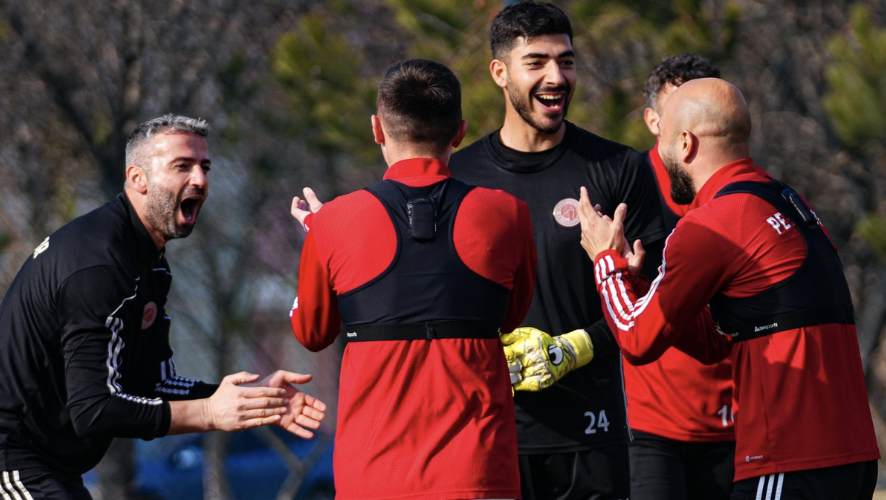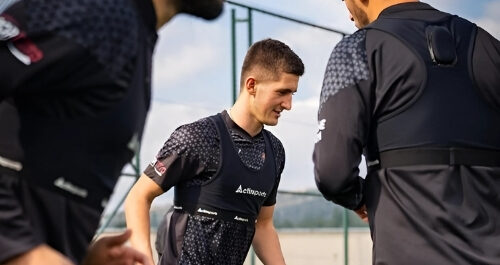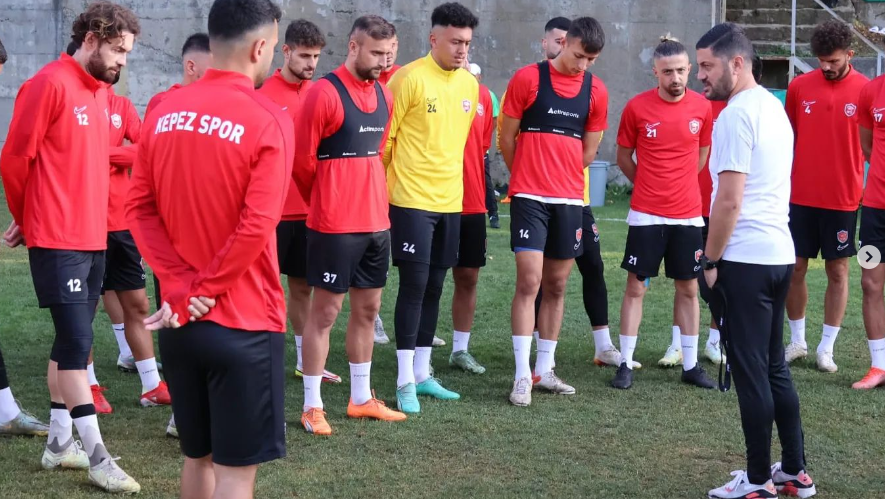Introduction
Effective coaching is not just about pushing athletes to their limits; it’s about managing their training loads strategically to optimize performance and prevent injuries. One of the most powerful tools for achieving this balance is the Acute:Chronic Workload Ratio (ACWR). This metric provides insights into an athlete’s readiness and helps in making informed training decisions. In this article, we explore the importance of ACWR and how coaches can use it to enhance athlete performance and longevity.
What is ACWR?
The Acute:Chronic Workload Ratio (ACWR) is a method of measuring and managing training load by comparing short-term (acute) workload with long-term (chronic) workload. This ratio helps in assessing whether an athlete is undertraining, maintaining an optimal workload, or at risk of injury due to excessive training loads.
- Acute Workload: The short-term training load, typically measured over the past 7 days.
- Chronic Workload: The long-term training load, usually calculated over 28 days.
- ACWR Calculation: ACWR = Acute Workload / Chronic Workload
Interpreting ACWR Values
- <0.8 (Undertraining) – The athlete may not be receiving enough stimulus for adaptation.
- 0.8 – 1.3 (Optimal Load Zone) – The sweet spot where training is balanced and risk of injury is minimized.
- >1.5 (High-Risk Zone) – Increased injury risk due to sudden spikes in training load.
Why ACWR Matters in Coaching
- Injury Prevention: A well-maintained ACWR ensures that athletes do not experience abrupt workload increases, reducing overuse injuries.
- Performance Optimization: ACWR helps in balancing training stress and recovery, leading to sustained performance gains.
- Data-Driven Decision Making: Coaches can use ACWR trends to adjust training plans dynamically and prevent burnout.
- Customized Training Plans: By monitoring ACWR, coaches can tailor training loads to individual athlete needs.
Implementing ACWR in Training Programs
1. Track and Monitor Workload
Use technology such as GPS trackers, heart rate monitors, and training logs to collect data on session intensity, duration, and volume.
2. Maintain an Optimal ACWR Range
Gradually progress workloads within the 0.8 – 1.3 range to optimize adaptation and minimize injury risk.
3. Adjust Based on Fatigue Levels
Consider subjective feedback from athletes, including their perceived exertion and recovery levels.
4. Use ACWR as a Guideline, Not a Rule
ACWR should be integrated alongside other athlete monitoring tools, such as wellness questionnaires and biomechanical assessments.
Conclusion
Leveraging ACWR can be a game-changer for coaches aiming to enhance athlete performance while mitigating injury risks. By tracking and managing training loads effectively, coaches can ensure sustainable development and long-term success for their athletes. Implementing ACWR-driven strategies leads to smarter coaching decisions and healthier, more resilient athletes.



